China's fifth research station in Antarctica, the Qinling Station, commenced operations on Wednesday morning on Inexpressible Island in the Terra Nova Bay of the world's southernmost continent.
In a letter to polar researchers on Wednesday, President Xi Jinping congratulated them on the completion of the building of the station and its operation, and urged them to continue to work hard and innovate.
Xi, who is also general secretary of the Communist Party of China Central Committee and chairman of the Central Military Commission, extended his sincere greetings and Chinese Lunar New Year wishes to people working on polar research.
Noting that this year marks the 40th anniversary of China's polar expedition, Xi said the nation's polar research has achieved fruitful results and the completion of the Qinling Station will provide a strong guarantee for scientists in China and around the world to continue to explore the mysteries of nature and bravely ascend the peak of science.
He called for better understanding, protection and utilization of the polar regions to make new and greater contributions to the benefit of humanity and the building of a community with a shared future for humanity.
The Qinling Station can accommodate 80 people in the summer and 30 in the winter, according to the Polar Research Institute of China, which was in charge of the station's construction.
The station, with an area of 5,244 square meters, has an external shape resembling the Southern Cross constellation, a unique design to honor Zheng He, a legendary admiral, mariner and diplomat in the Ming Dynasty (1368-1644), the institute said.
The ancient Chinese invented astronavigation, and Zheng He was among the first to use it during many of his voyages.
All of the large components of the new Antarctic research station were built in China, with inner hardware already mounted and then transported to Inexpressible Island for assembly.
Engineers used lightweight, high-strength materials at the station, making it able to resist extreme temperatures as low as -60 C and the corrosive environment on the island.
Construction work, which started in December, was conducted by members of the nation's 40th Antarctic expedition, which set off from Shanghai in early November and arrived in Antarctica later that month.
Before Qinling, China had constructed four research stations in Antarctica — Changcheng, Zhongshan, Tai-shan and Kunlun.
The new station is China's third Antarctic research base to be operational throughout the year, alongside Changcheng and Zhongshan, which were both built in the late 1980s.
Currently, the Kunlun and Tai-shan stations operate only during the summer.
At a news conference on Wednesday afternoon, Foreign Ministry spokesman Wang Wenbin said the Qinling Station will serve to bolster mankind's knowledge about Antarctica, advance the peaceful and sustainable development of the southernmost continent and act as a platform for joint exploration.
China places high attention on the scientific research and peaceful development of polar regions. So far, the nation has conducted 40 expeditions to Antarctica and 13 to the Arctic, obtaining a great deal of scientific data and many samples.
He Jianfeng, a scientist at the Polar Research Institute of China, said the Qinling Station will enable researchers to carry out investigations about the waters, glaciers, ice shelves, weather, environment and animals in Antarctica.














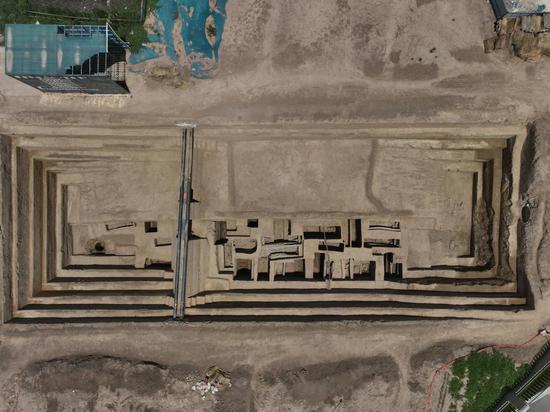



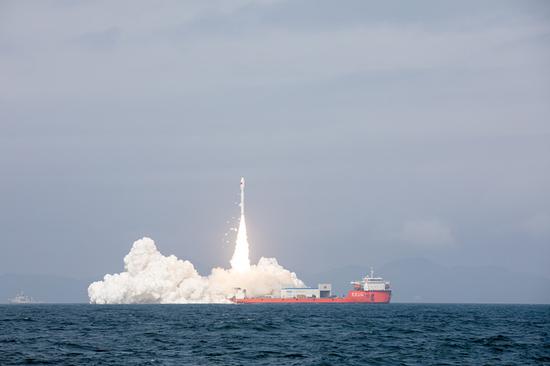







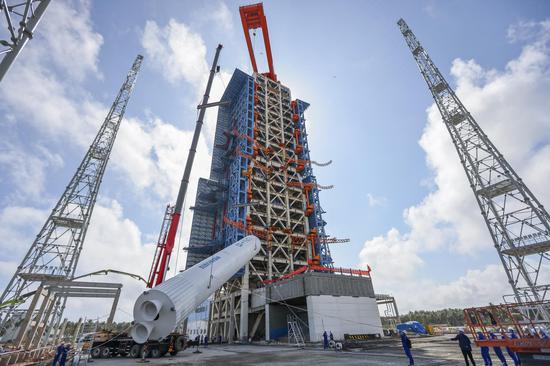


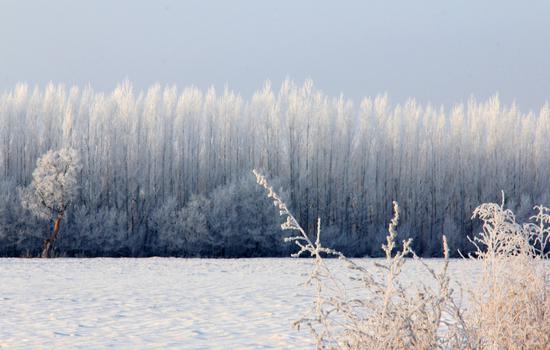






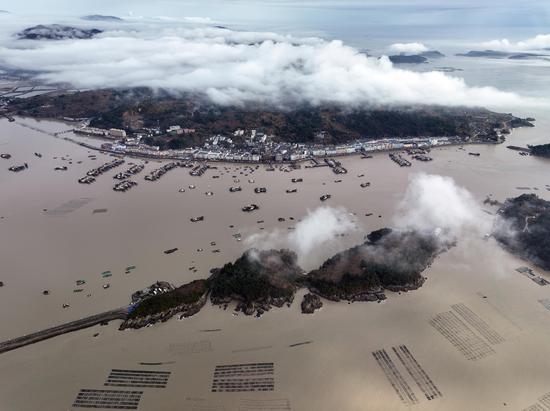





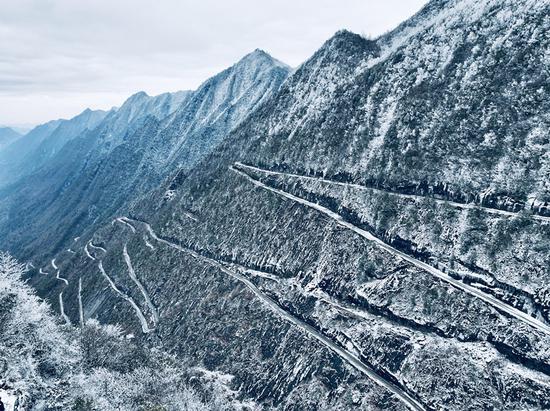



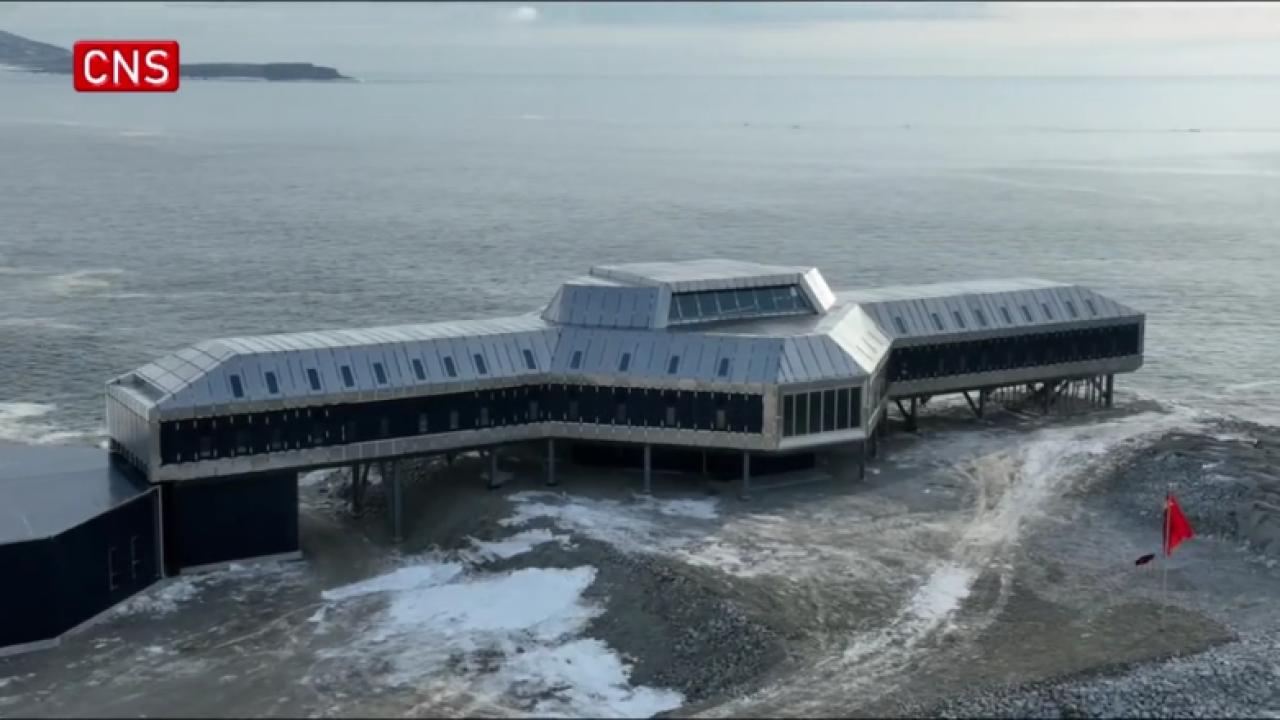



 京公网安备 11010202009201号
京公网安备 11010202009201号